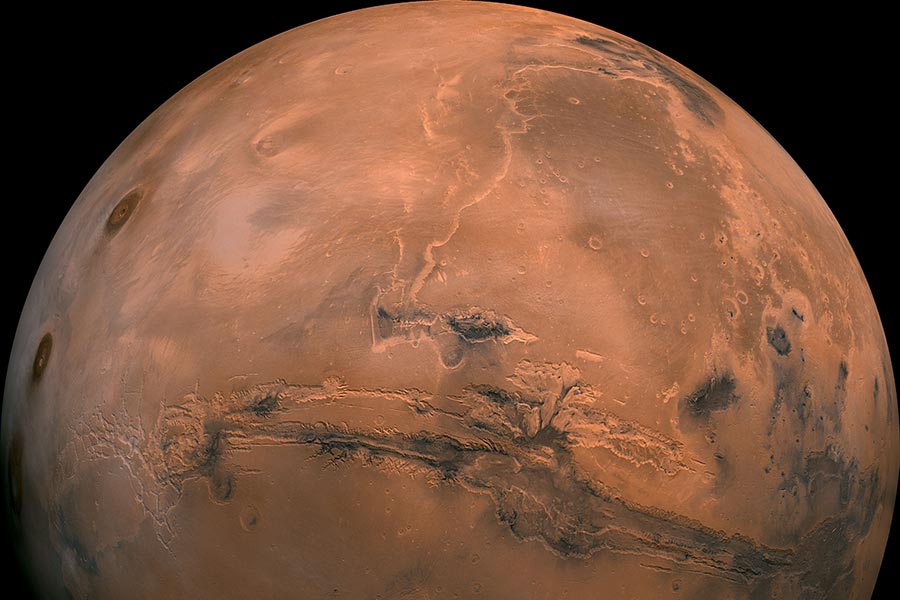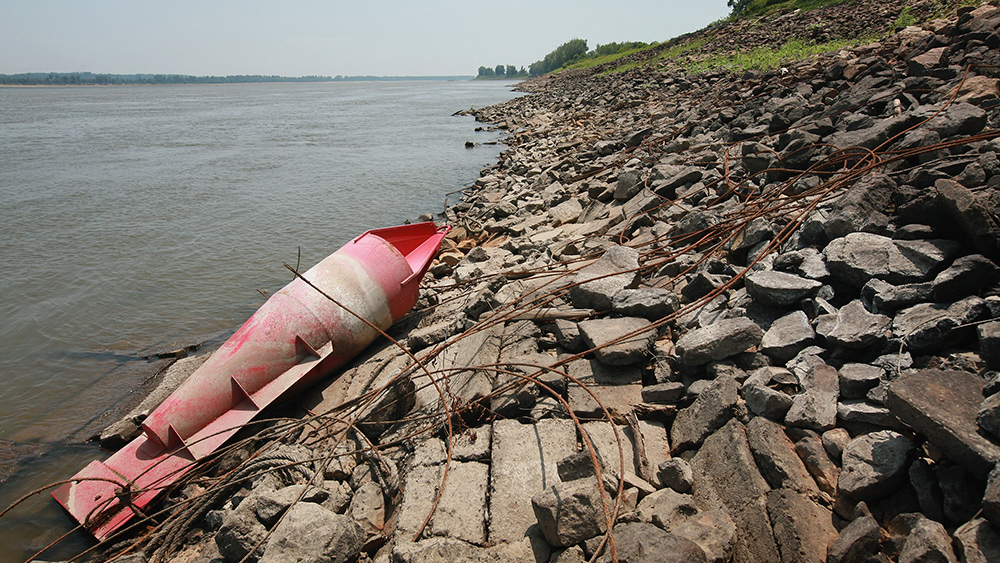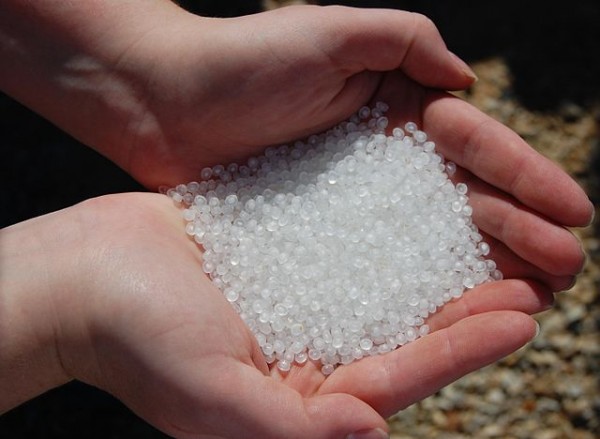
They then showed that these patterns match computer model predictions for how a body of water beneath the ice cap would affect the surface.
Mars has thick water ice caps at both of its poles, like Earth, which are roughly equivalent in combined volume to the Greenland Ice Sheet.
However, unlike Earth's ice sheets, which have large subglacial lakes and water channels beneath them, Mars' polar ice caps have been thought to be frozen solid all the way to their bedrock due to the Red Planet's frigid climate.
Temperatures on Mars average a bone-chilling -81 degrees Fahrenheit but can drop as low as -220 degrees Fahrenheit in winter at the poles.
This most recent research, which was published last week in the journal Nature Astronomy, coincides with previous findings using ice-penetrating radar that were originally believed to have displayed an area that potentially holds water beneath the ice.
"The combination of the new topographic evidence, our computer model results and the radar data make it much more likely that at least one area of subglacial liquid water exists on Mars today, and that Mars must still be geothermally active in order to keep the water beneath the ice cap liquid," explained Prof. Neil Arnold of the Cambridge Scott Polar Research Institute, who led the research team. The researchers used several techniques in order to come up with their findings, including NASA’s Mars Global Surveyor satellite, DailyMail.com reported. "The quality of data coming back from Mars, from orbital satellites as well as from the landers, is such that we can use it to answer really difficult questions about conditions on, and even under the planet’s surface, using the same techniques we also use on Earth," Arnold added. SpaceX and Tesla founder and CEO Elon Musk has often said he believes someday in the not-too-distant future his company will be capable of sending humans to Mars. "It's something we can do in our lifetimes," he told an audience of 100,000 viewers at the International Astronautical Congress in Guadalajara, Mexico, in 2016. "You could go." He has also said he has a target date of 2029. Sources include: NPR.org DailyMail.co.ukMajor rivers all around the world experiencing drought at the same time: WHY?
By Ethan Huff // Share
Microplastic pollution threatening coastal lagoons worldwide; African lagoons most affected
By Kevin Hughes // Share
Understanding the placebo effect and its role in depression treatment
By Divina Ramirez // Share
Study finds lasers can blind self-driving cars and make them crash into objects or pedestrians
By Arsenio Toledo // Share
Trump administration expands offshore drilling in major push for U.S. energy independence
By bellecarter // Share
Trump task force streamlines D.C. gun permit process in crime crackdown effort
By lauraharris // Share
The truth about harmful food combinations (and how to eat safely)
By zoeysky // Share
Personal care products RECALLED over contamination by resilient pathogen
By oliviacook // Share










